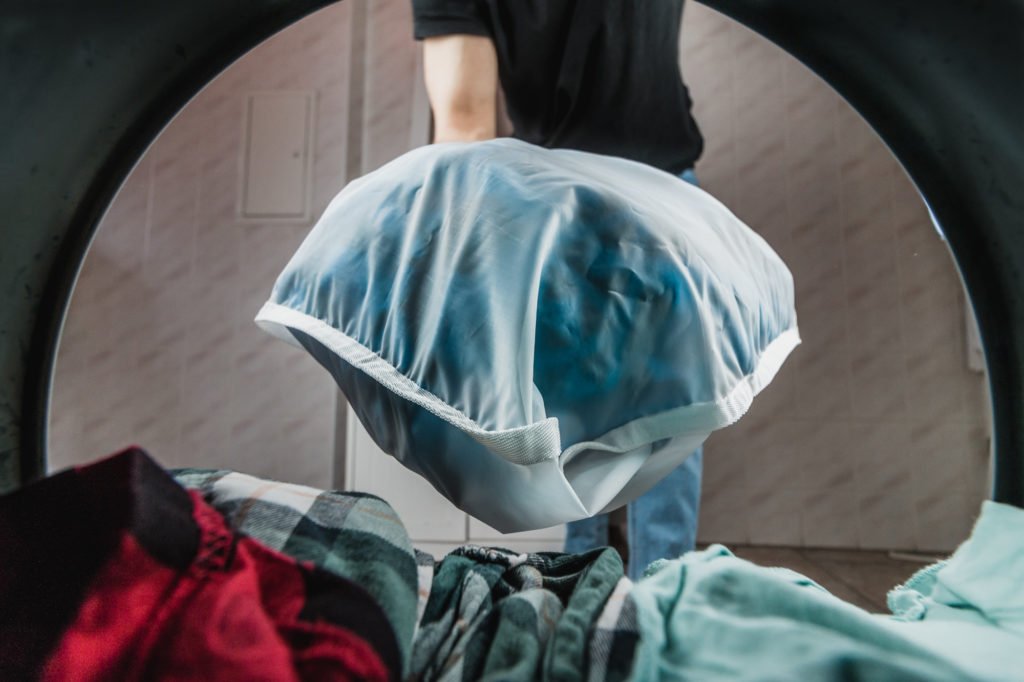While we want the best quality gear for the best prices, how often do we consider what cost these come at? From the extraction of raw materials to the factories’ pollution, labouring standard and carbon footprint of transportation, every step in the production process requires important decisions.
We had a wave of positive feedback from our first post on eco-conscious brands and happily it was just the tip of the iceberg. In the second instalment on this topic we’re looking at some more companies whose methods and ethics are proof that stylish and practical sporting gear needn’t cost the earth.
Cycling
Coffee and cycling – a longstanding match made in heaven. The team at OORR love the stuff so much they’ve even put it into their jerseys! Their fabric is made from coffee grounds and recycled plastic bottles (polyester) and as coffee grounds have a reputation for absorbing and removing odours, they help keep the fabric fresh no matter how hard you sweat.
For every garment sold, OORR will also plant 5 trees, which can be a good way for our British readers to offset the carbon footprint of shipping these items over from Australia.
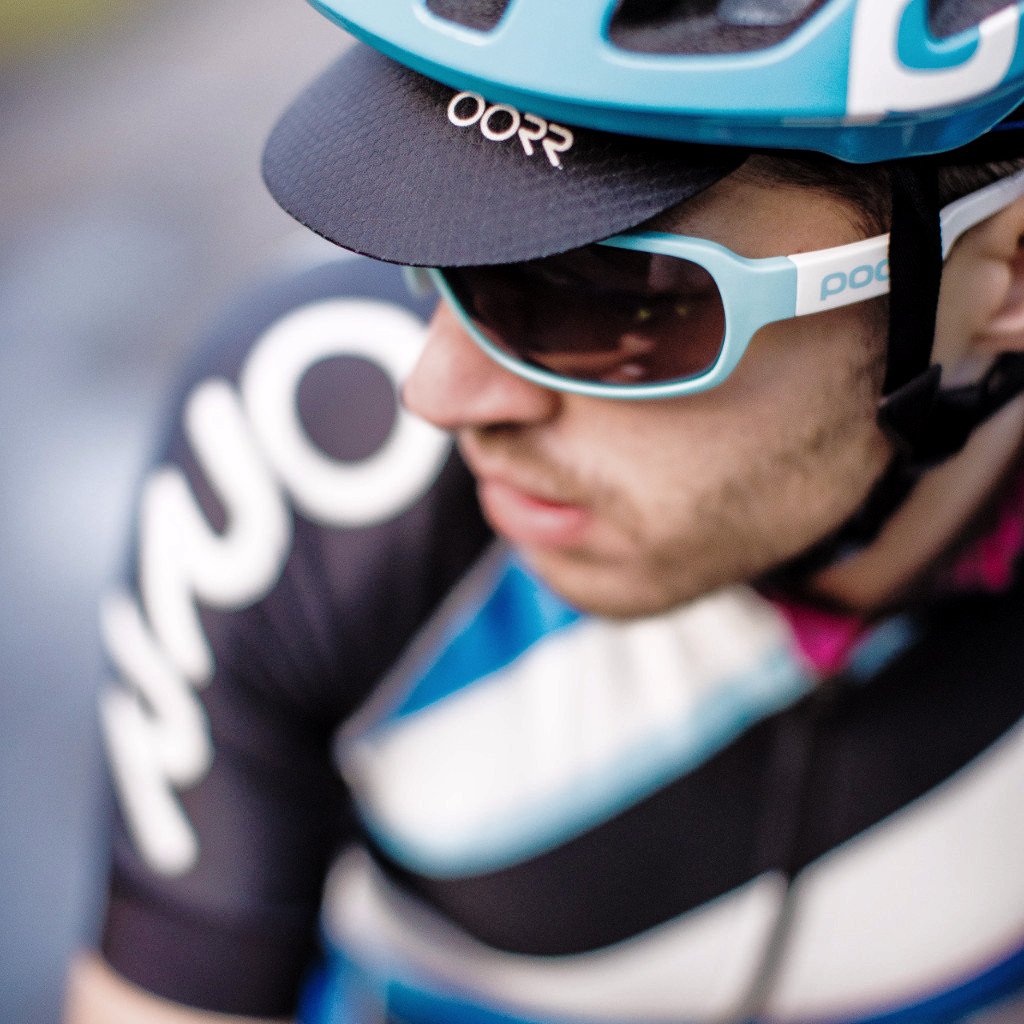
Triple 2′s eco credentials stem in part from their multi-purpose approach, designing cycling clothes that can also be outdoor clothes or just, well, clothes. This makes them perfect for the more casual cyclist and for encouraging people here in the UK that cycling doesn’t have to mean head-to-toe, hi-vis lyrca. Offering repairs, crash replacements and a recycling scheme, Triple 2 want you to get maximum wear out of their garments to buck the trend of wasteful fast fashion.
Try the Merino Halfzip Jersey for a smart, polo shirt style look that’ll go as well with jeans as it does with cycling shorts.
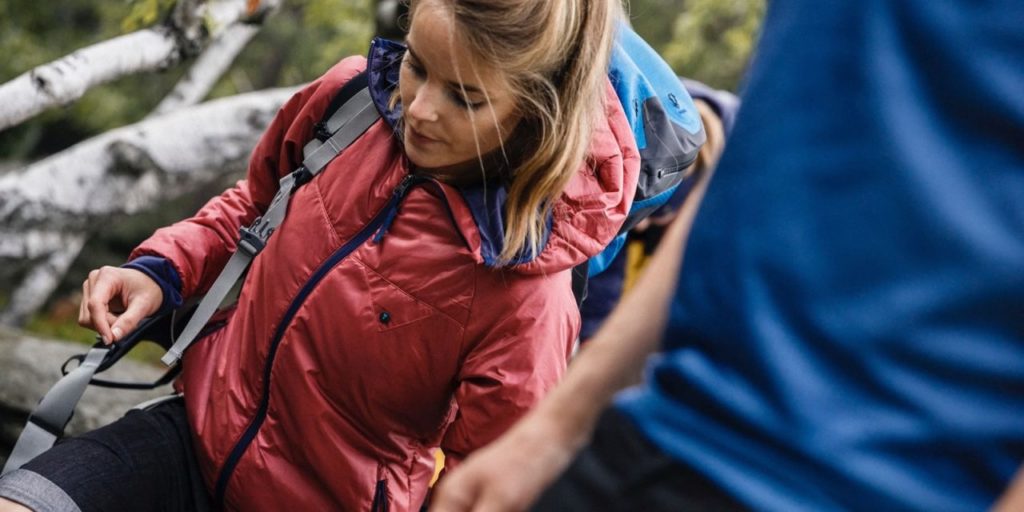
TRiathlon
If you prefer to stick with a big name brand you already trust, Sundried have released a collection of active wear made from 100% recycled materials. Taking a leaf out of OORR’s book, these materials again include plastic bottles – we get through 13 billion yearly in the UK alone – and coffee beans. Sundried boast a drying time “200 times faster than cotton” for these products; perfect for this seemingly endless heatwave.
With a muted monochrome palate, the items will easily fit into your existing workout wardrobe.
Bonus points also go to Sundried for being long term supporters of Surfers Against Sewage, a marine conservation charity tackling plastic pollution.
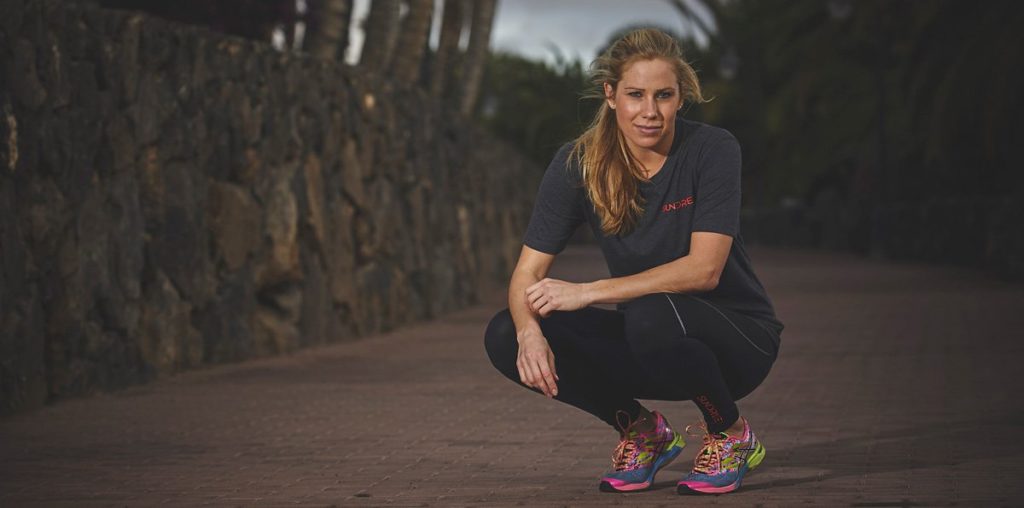
Another company blazing a trail are Davyj, they create their swimwear from regenerated nylon yarn from fishing nets, which makes up a tenth of all marine waste.
Their aim for a 60% closed loop by 2020 means that once your swimsuit has given up the ghost, you can return it back for them to reuse the resources. But don’t worry, as the sturdy nature of the kit means it’s built to last as many lengths as you can manage. We love the Baywatch feel of the striking red pieces.
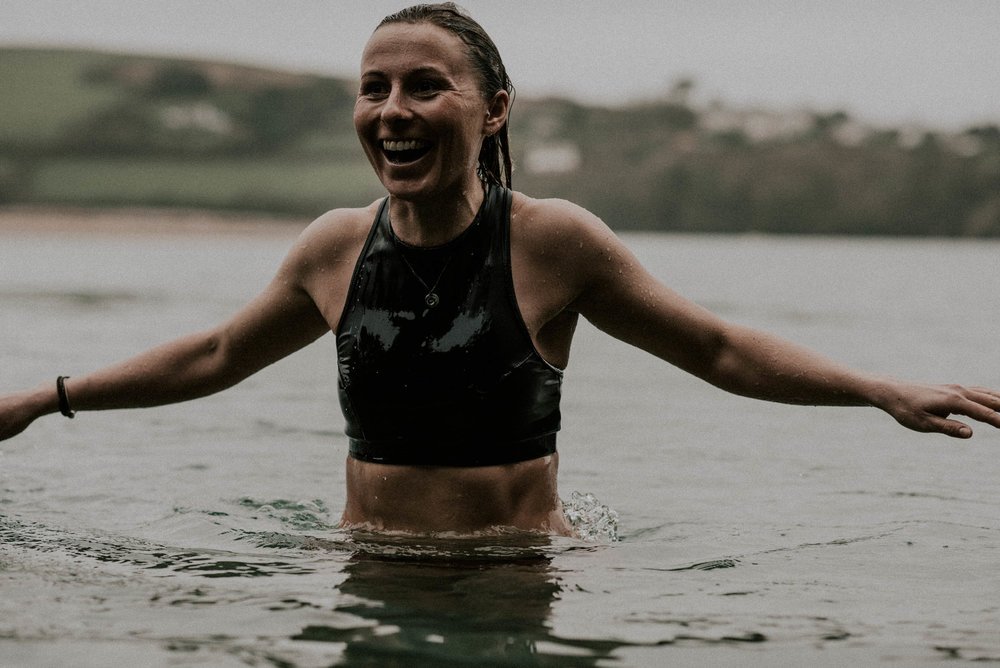
Wetsuits are typically made using foamed neoprene and whilst this to date is the best stuff for the job, it’s some of the worst for the planet. To give you an idea of how well it biodegrades, it was originally used to line the bottom of landfill sites. As a result, leading name Zone3 are working to include ‘green neoprene’ in their wetsuits. As well as this, each wetsuit has a recycled polyester lining made of 45 recycled plastic bottles.
So, what do you do with your wetsuit when it’s at the end of its life? British company Finisterre are working to develop a solution for wetsuit waste, as the nature of neoprene means old suits can’t be recycled. Their ‘Wetsuits from Wetsuits‘ project aims to do just that and develop a fully recycled, recyclable wetsuit. Once the project launches they’ll be looking for donations so keep hold of any old wetsuits you might have lying around.
And FInally…
While we’re on the topic of being green, here’s a final top tip.
Invest in a GuppyFriend. Simply stuff your dirty kit into the bag when you do your laundry and the bag will trap the tiny synthetic microfibers that break off during washing. This stops the fibres escaping into our waterways and oceans.
